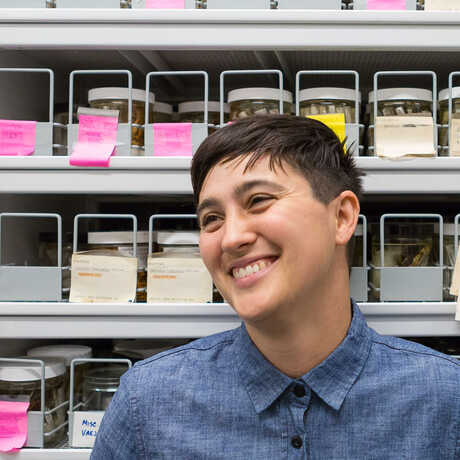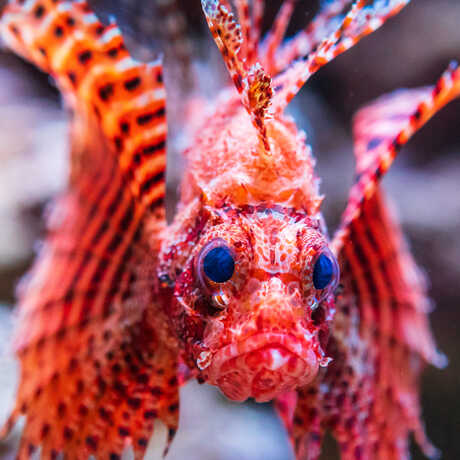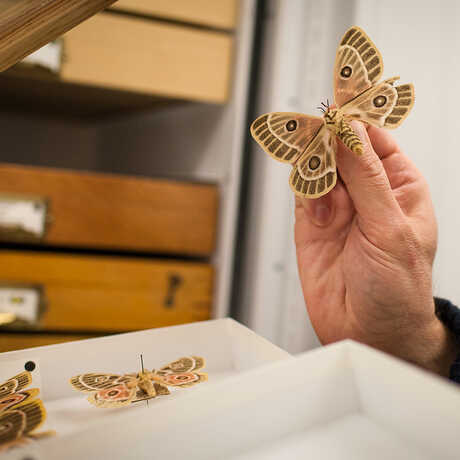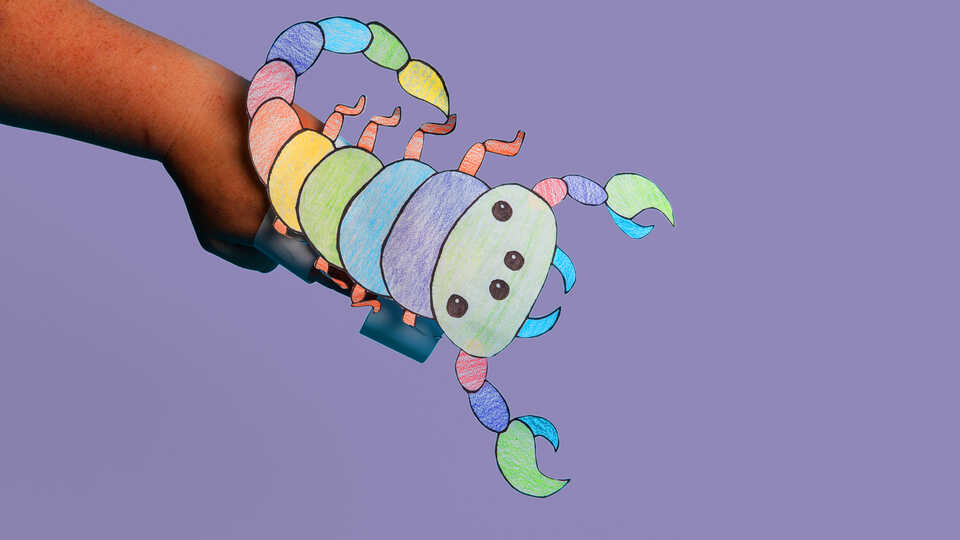
Arachnids have eight legs—and countless other cool qualities. Meet an array of arachnids large and teeny-tiny in a week of activities for ages 8-11.
From spiders to scorpions to tiny mites that live on your face (!), arachnids are a marvelous, misunderstood class of arthropods comprising 60,000+ species around the world. Get closer to these not-so-creepy crawlers—and the Academy scientists who study them—through crafts, videos, and more.
Please note: While Science @ Home activities are designed to be conducted by kids, some little ones might need adult help with reading instructions and preparing crafts.
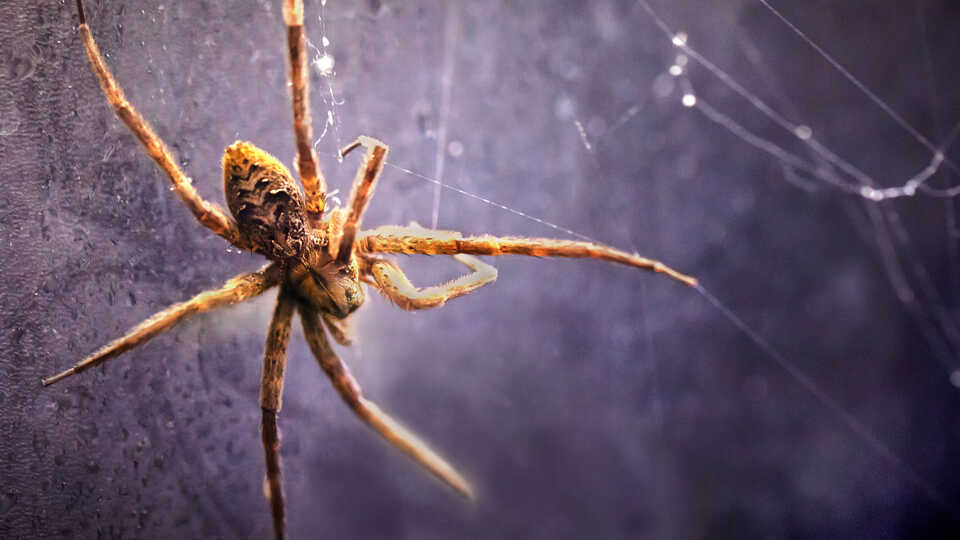
Day 1: What's an arachnid?
Arachnids all have a few things in common: eight legs, three body sections, compound eyes, and a protective exoskeleton. Today, learn what sets them apart from insects—and design your own. (45-60 minutes)
There are more to arachnids than just spiders! Meet some of the arachnids that call California home as you color them in.
What's that crawling critter? Design and draw your own insect and arachnid to observe their similarities and differences.
Join Academy Educator Alex in the Naturalist Center to learn all about the interesting arachnids you can meet on your next trip to the Academy.
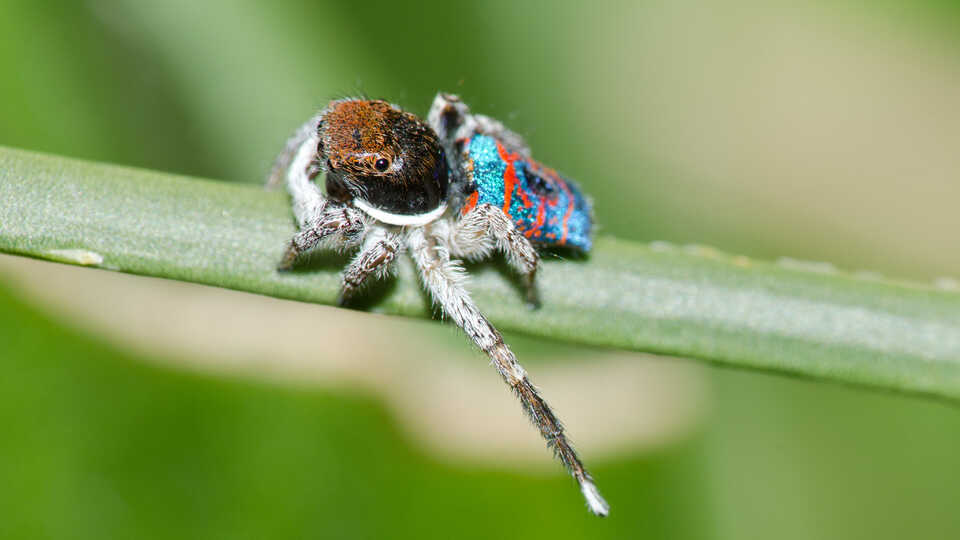
Day 2: Spiders
They can be itsy-bitsy...and also extra-large! Explore the remarkable diversity of spider species through three colorful crafts and activities. (45 minutes)
Photo: "Peacock spider" by Jean and Fred Hort is licensed under CC BY 2.0
Spiders are arachnid superstars, keeping ecosystems balanced and healthy by preying on pests. Show your love for spiders by wearing one on your finger!
Peacock jumping spiders might be tiny, but they’ve got big dance moves and sensational style. In this craft and activity, design your own spider abdomen headband and learn to dance like a peacock spider!
Make a hanging spider decoration with eight legs to move around, two fangs to help it catch its prey, and eight eyes to see.
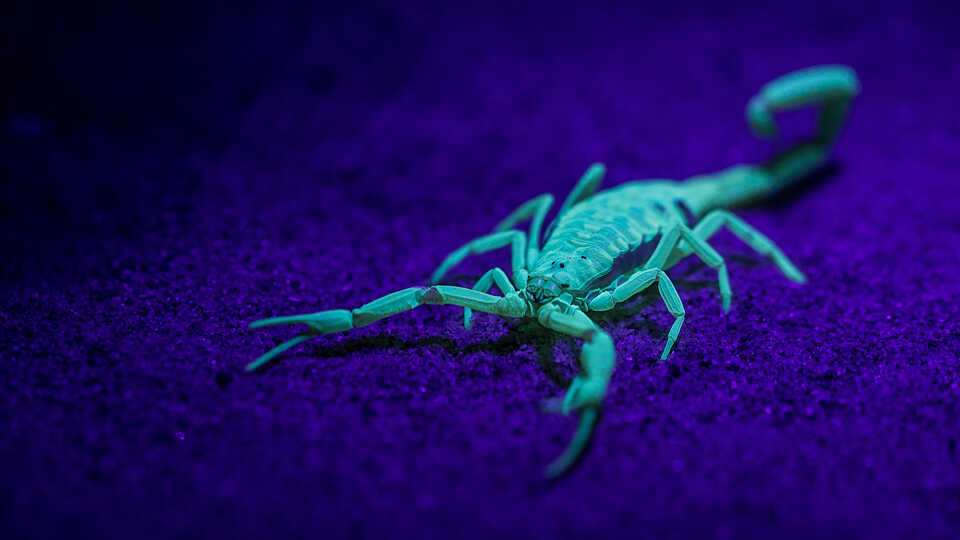
Day 3: Scorpions
Scorpions are more than just their stingers! From giving piggyback rides to their babies to glowing in the dark, discover some surprising ways scorpions hunt, hide, and adapt. (45 minutes)
You might not realize it, but the San Francisco Bay Area is home to scorpions! Follow Dr. Lauren Esposito as they hunt for scorpions around the Bay and share some of the adaptations that make scorpions amazing.
As you watch the video, think about the following questions. Share your answers with a friend or family member or just think in your head.
- Where do you think scorpions might be living near you?
- What are different ways that scorpions could use their venom?
- What is something unique about how scorpions reproduce?
At the end of their tail-like abdomen, scorpions have a venomous stinger that they use to subdue their prey or defend themselves from predators. Make your own scorpion puppet—but use your imagination for the venom!
What's brown, black, and fluorescent bluish green all over? A scorpion under ultraviolet light, of course! Make your own fluorescent scorpion scene using an art technique called an agamograph. (Want to see scorpion fluorescence in action? Take a peek here.)
Listen to instructions
Download instructions
Escucha las instrucciones
Descargar instrucciones
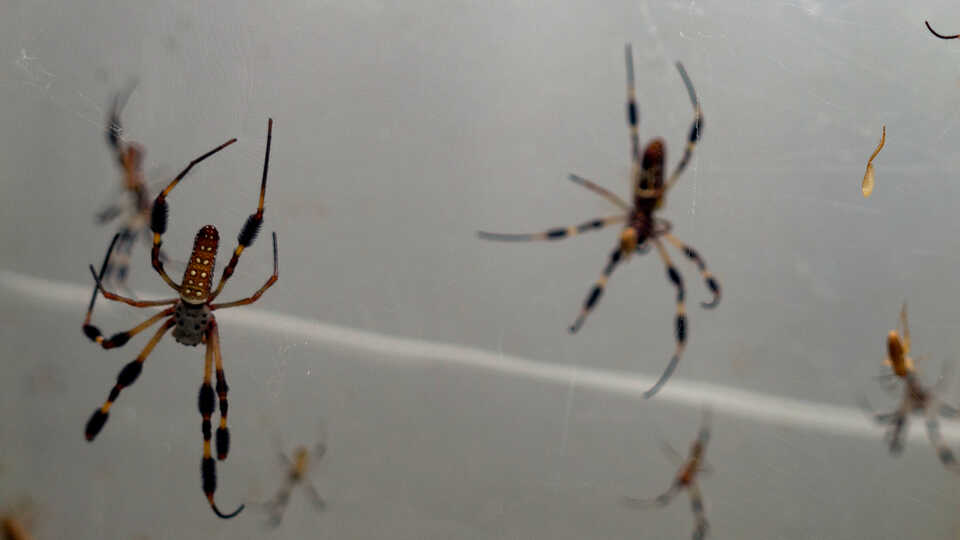
Day 4: Arachnid abodes
Arachnids are famous for their webs, but they can make themselves at home in all kinds of unusual places—including your face! Don't panic, but do have fun activating your inner spider today. (45 minutes)
Spiders are known for their complex and varied webs. See if you can emulate these invertebrate engineers by building your own spiderweb out of string and pushpins.
Why do spiders spin silk? Why don’t all webs look the same? Zoom in on the incredible properties of spider silk for a new appreciation of their arachnid architects.
Meet the tiny arachnids that call our skin home and discover how Academy scientists use them to trace the history of our species!
As you watch the video, think about the following questions. Share your answers with a friend or family member or just think in your head.
- Who are the people in your life who might have the same lineage of face mites as you? Think of the people you are around the most.
- What other animals can you think of that have constant companions that live on them?
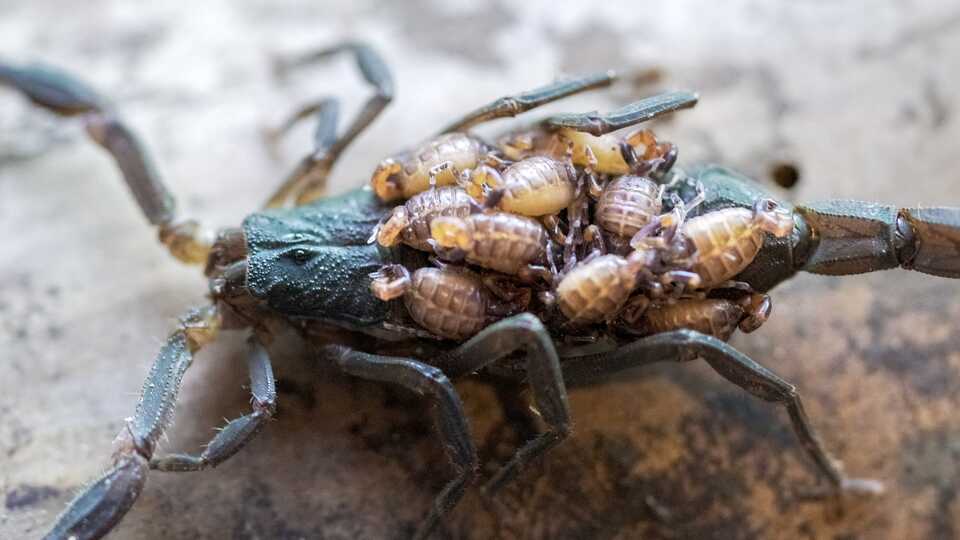
Kid and caregiver extension activities
Now that you're an arachnid ambassador, it's time to welcome the whole family into your web by wowing them with these extension activities.
Sharing isn’t always caring! Learn about how sharing food can affect the survival of the social spider species Anelosimus eximius.
As you read the article, think about the following questions. Share your answers with a friend or family member or just think in your head.
- In contest competition, spiders don’t share the prey they catch. How would keeping the food for themselves benefit the colony?
- What do other animals do with their food? Do they share it or keep it for themselves? Think about the animals around you—pets, neighborhood critters, family members.
Meet two Academy scientists, Dr. Lauren Esposito and Dr. Michelle Trautwein, who specialize in arachnids. Learn more about their research and what inspired them to study two very unique animal groups: scorpions and face mites!
Lauren Esposito: Searching for Scorpions
Michelle Trautwein: Discovering Demodex (face mites)
Venom is one of nature’s most powerful tools—packing both the power to paralyze and the promising potential to heal. Hear from Academy scientists and animal care biologists about the fishing spider, an aquatic species that eats prey like fish and tadpoles, and learn how venom has allowed this charismatic predator to thrive in watery environments.
As you watch the video, think about the following questions. Share your answers with a friend or family member or just think in your head.
- Venom is used by many different types of animals. Do you know of any that live near you? What do they use their venom for?
- Some types of venom prevent blood from clotting. How might this be useful for human medicine?
Traditions, stories, and genes are not the only things passed down through generations of people—there are also…face mites!? Academy scientists are learning that these tiny arachnids living upon us have been passed down through families since the beginning of our species. What can they tell us about our origins?
As you read the article, think about the following questions. Share your answers with a friend or family member or just think in your head.
- Where in the world could your face mite lineage be from? Think about where your ancestors have lived.
- What other species have also lived with humans over time?Are there other species that could tell a story of human history?
